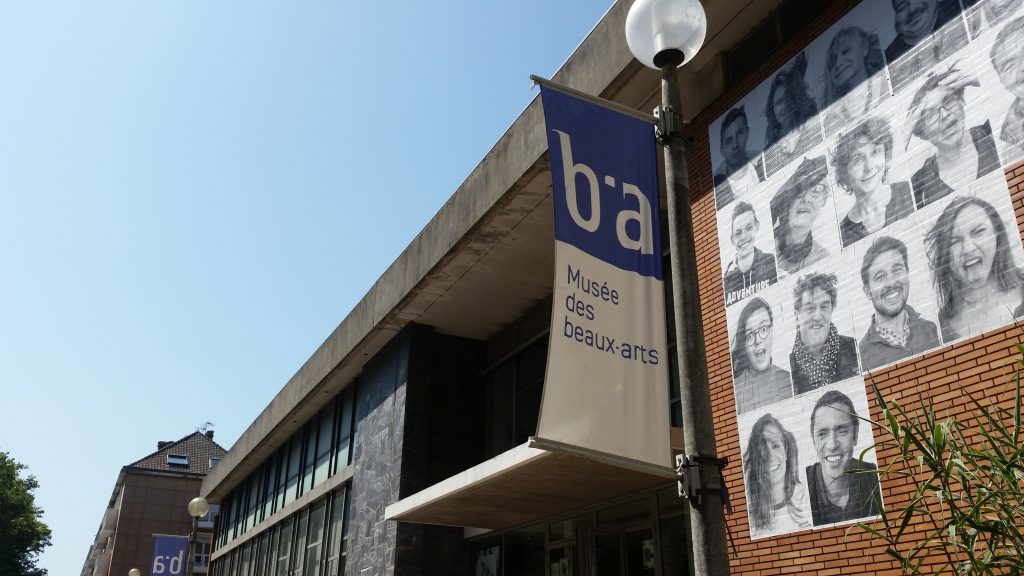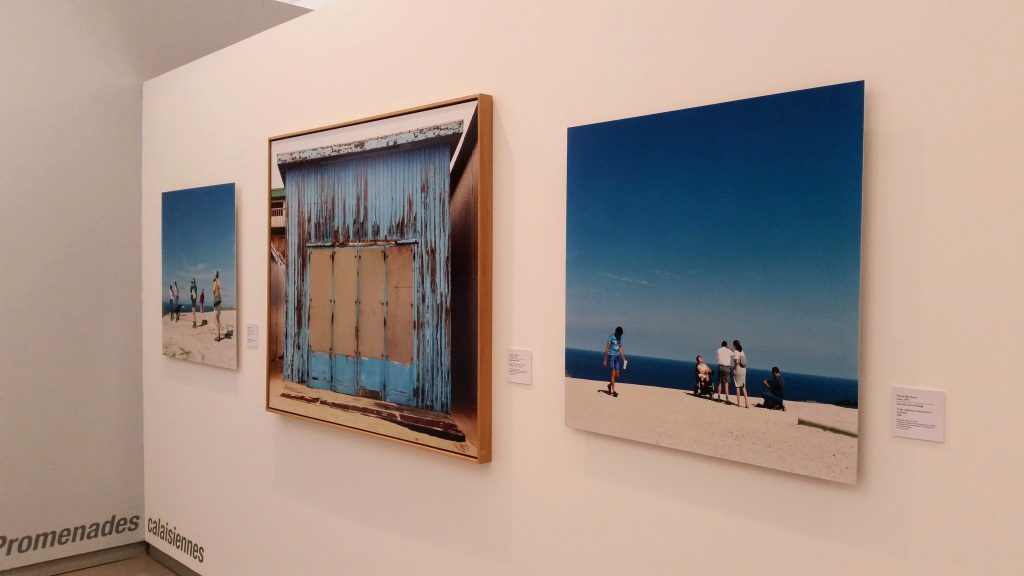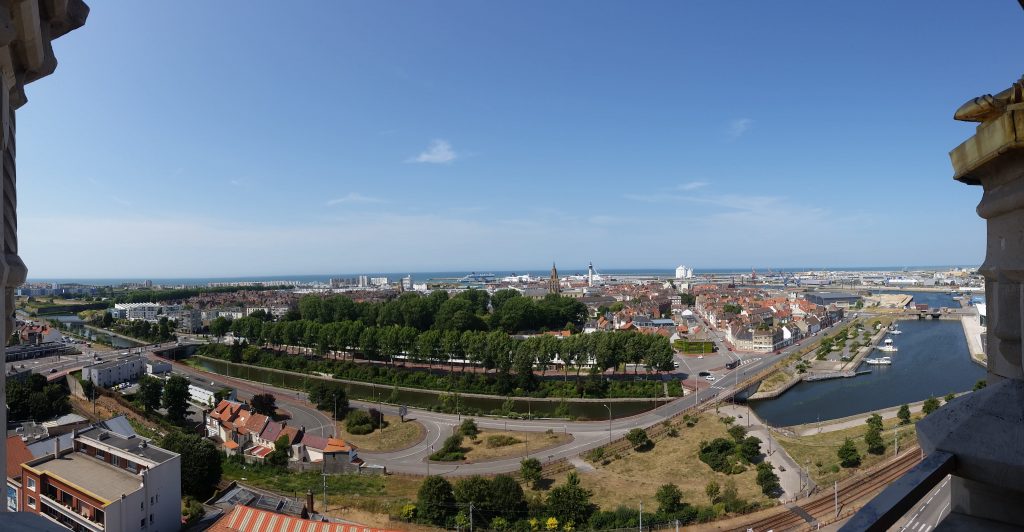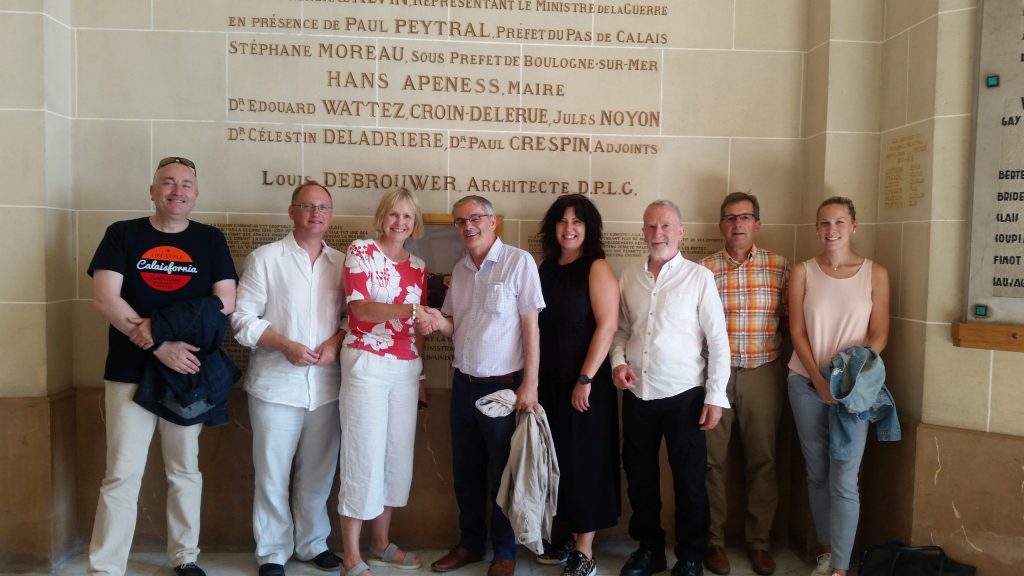A standing ovation from over six hundred people greeted the end of yesterday’s concert by the University Camerata in L’Eglise de Notre Dame in the heart of the city of Calais.
The Camerata is a real cross-section of the University community, comprising undergraduate and postgradudate students, staff and alumni, all coming together to represent the University in public concerts throughout the year. Yesterday’s performance was the result of an invitation earlier this year by Calais city council to bring the two cities of Calais and Canterbury together, to recognise and celebrate the cities’ shared history (Calais was once part of the Diocese of Canterbury) and to make cultural connections (see previous post here).

 An early morning start saw the coach-load of musicians leaving Colyer-Fergusson in various stages of wakefulness (well, 6.30am on a Sunday can be a little early for some…), with a welcome coffee at the Folkestone terminal of Le Shuttle enlivening the group further still on its way to an 11am (French time) rehearsal in the church beneath glorious November skies.
An early morning start saw the coach-load of musicians leaving Colyer-Fergusson in various stages of wakefulness (well, 6.30am on a Sunday can be a little early for some…), with a welcome coffee at the Folkestone terminal of Le Shuttle enlivening the group further still on its way to an 11am (French time) rehearsal in the church beneath glorious November skies.
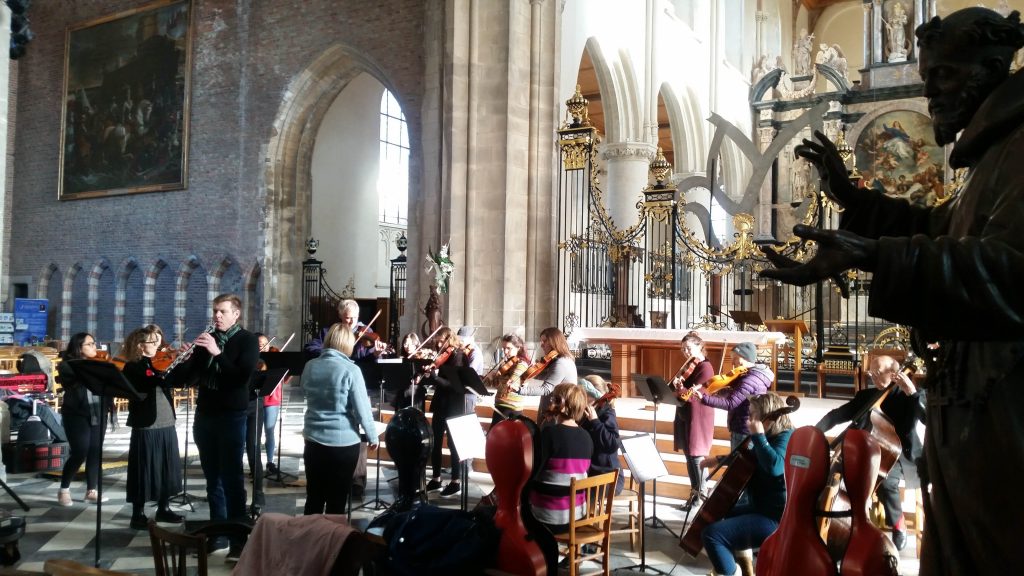
 Music by Elgar and Warlock was soon swirling around the nave of the magnificent church, with later on the strains of Marcello’s Oboe Concerto lifting into the roof courtesy of Professor Dan Lloyd, who joined the string group on oboe, stepping out of his busy schedule as Deputy Head of the School of Biosciences.
Music by Elgar and Warlock was soon swirling around the nave of the magnificent church, with later on the strains of Marcello’s Oboe Concerto lifting into the roof courtesy of Professor Dan Lloyd, who joined the string group on oboe, stepping out of his busy schedule as Deputy Head of the School of Biosciences.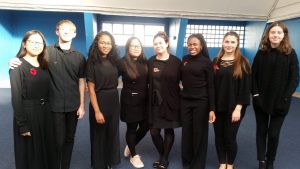 The Camerata’s international make-up mirrors that of the wider University community, with members from Germany, Lithuania, France and Canada, including an Erasmus-student cellist; the Schools of Psychology, Law, Mathematics and Biosciences were also represented by the ensemble’s constituents, many of whom are either current or former University Music Performance Scholars. It’s a testament to the nature of extra-curricular music-making at Kent that it transcends boundaries – geographical, hierarchical, institutional – as it creates communities working together in rehearsal and performance.
The Camerata’s international make-up mirrors that of the wider University community, with members from Germany, Lithuania, France and Canada, including an Erasmus-student cellist; the Schools of Psychology, Law, Mathematics and Biosciences were also represented by the ensemble’s constituents, many of whom are either current or former University Music Performance Scholars. It’s a testament to the nature of extra-curricular music-making at Kent that it transcends boundaries – geographical, hierarchical, institutional – as it creates communities working together in rehearsal and performance.
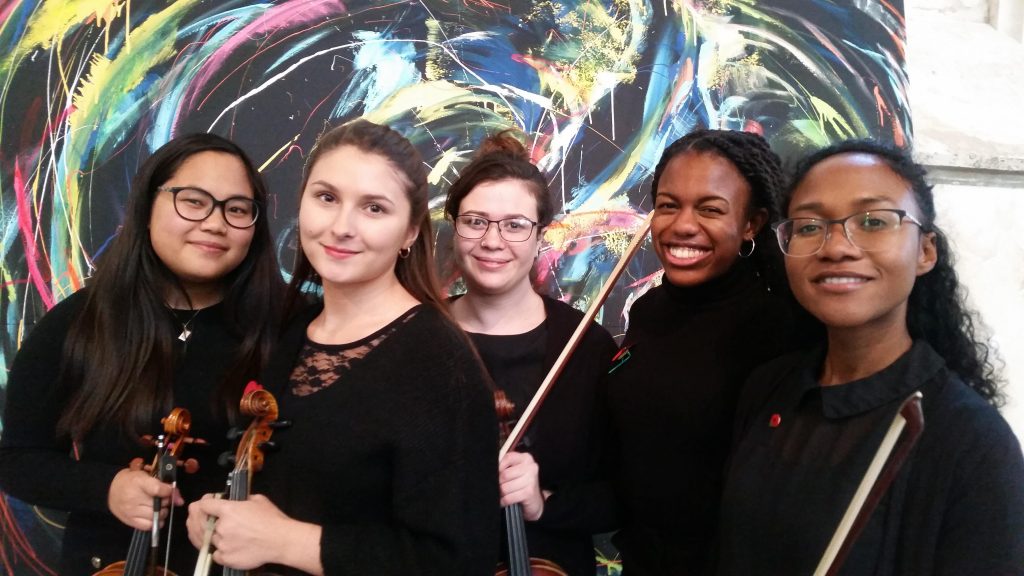 The concert, part of the city’s current festival, drew over six hundred people to witness the power of collaborative creativity which lies at the heart of the University’s vision. We’re already looking forward to the second event in our planned collaboration later in the year.
The concert, part of the city’s current festival, drew over six hundred people to witness the power of collaborative creativity which lies at the heart of the University’s vision. We’re already looking forward to the second event in our planned collaboration later in the year.
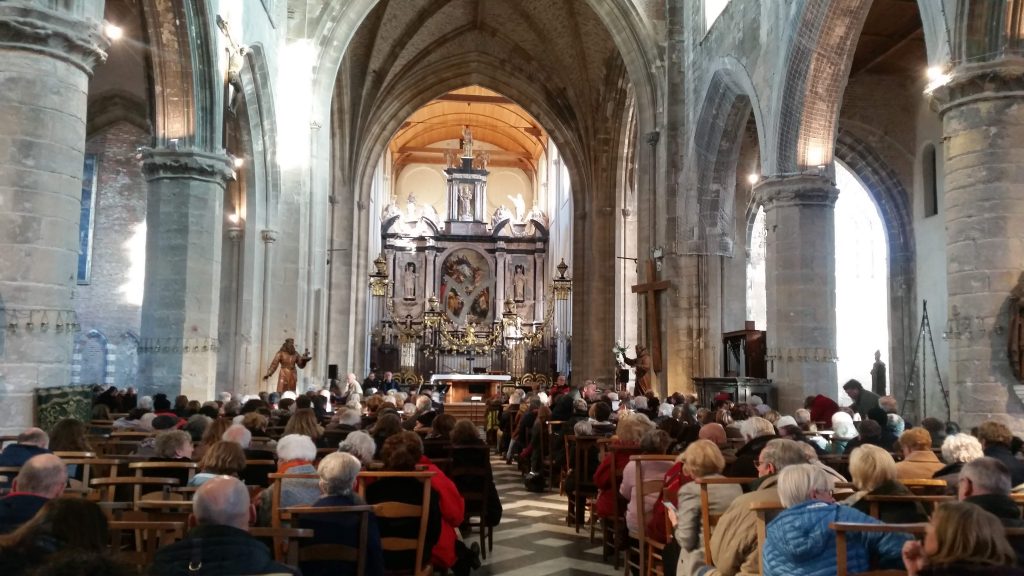 Congratulations to all the performers, to leader Floriane Peycelon and conductor Susan Wanless, on a magnificent ambassadorial showcase that illustrated, to an international audience, what an international University can do.
Congratulations to all the performers, to leader Floriane Peycelon and conductor Susan Wanless, on a magnificent ambassadorial showcase that illustrated, to an international audience, what an international University can do.

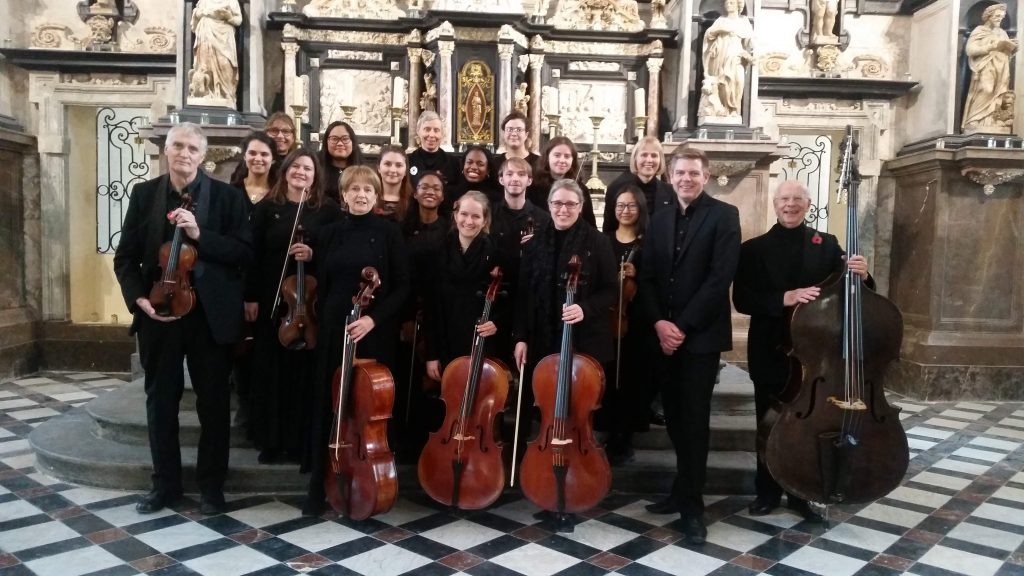
Facebook users can view an album of photos from the day here.

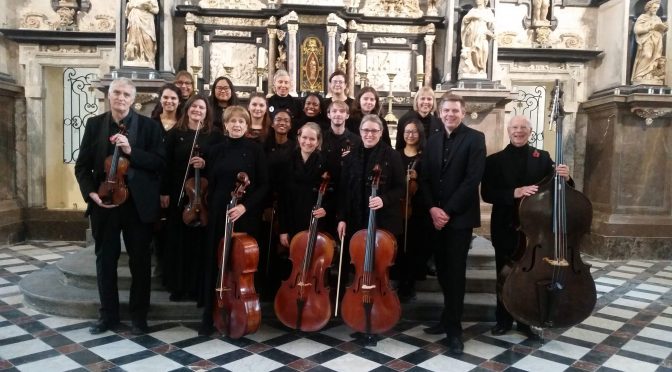
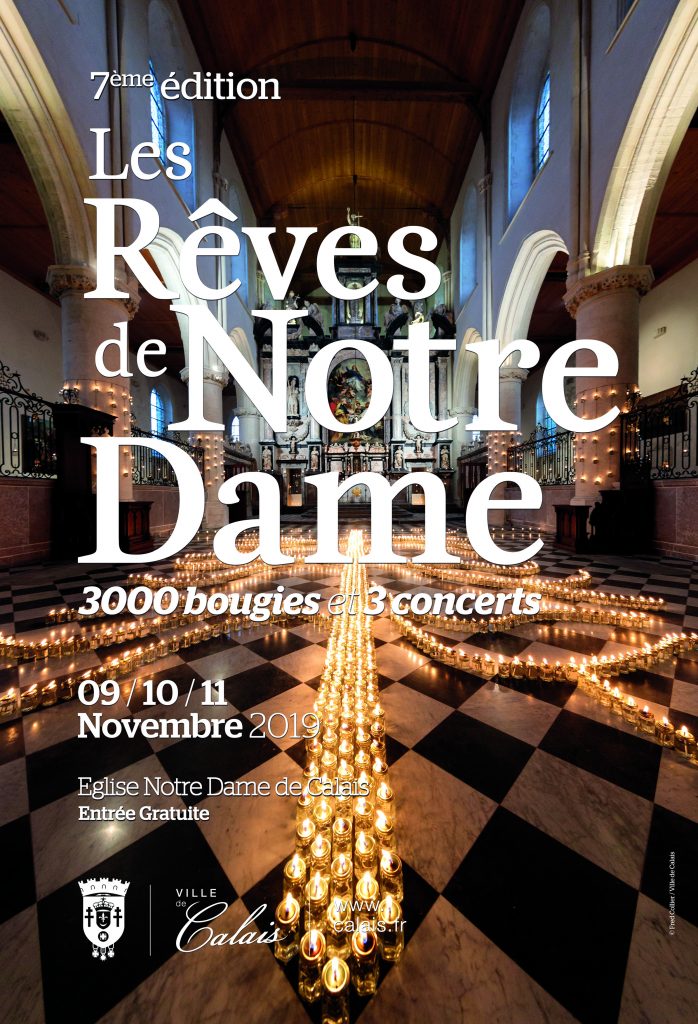
 The Camerata last sailed in to port back in March for a performance of Prokofiev’s Peter and the Wolf; we’re looking forward to presenting a largely English musical feast for the burghers of Calais at the end of next week, on Sunday 10 November; should you happen to be in the city at 3pm, the event is free, join University musicians as we celebrate our historic links with the French city-port – event details online
The Camerata last sailed in to port back in March for a performance of Prokofiev’s Peter and the Wolf; we’re looking forward to presenting a largely English musical feast for the burghers of Calais at the end of next week, on Sunday 10 November; should you happen to be in the city at 3pm, the event is free, join University musicians as we celebrate our historic links with the French city-port – event details online 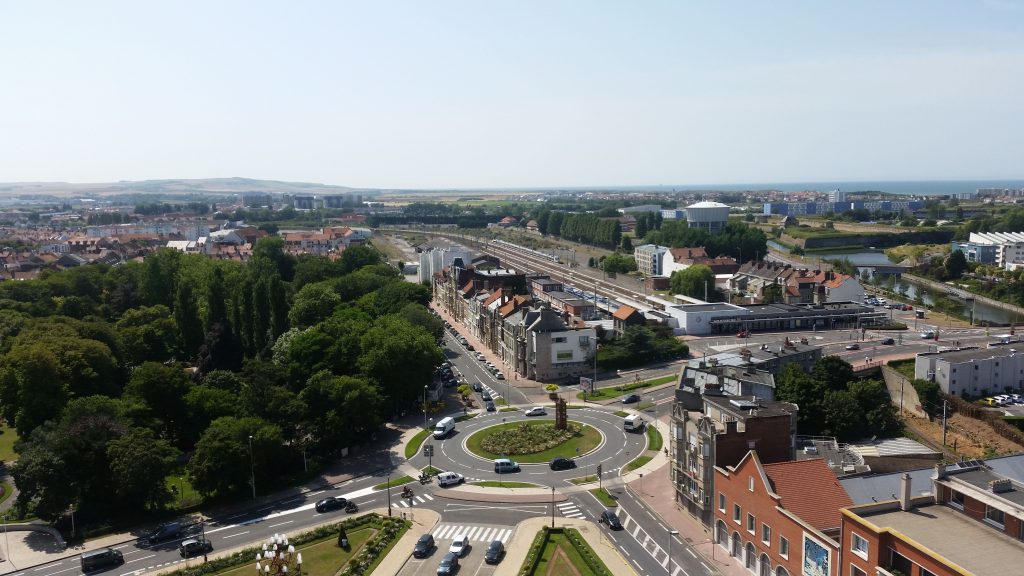
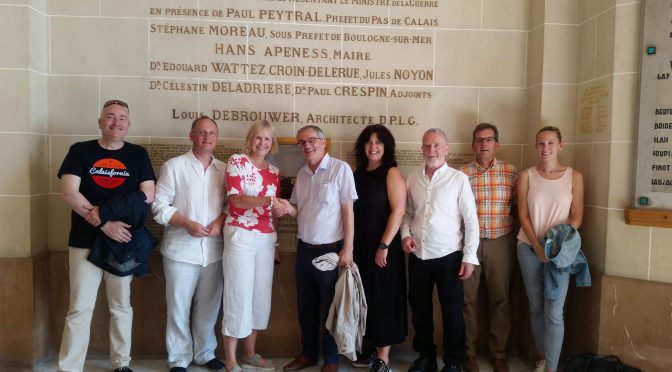
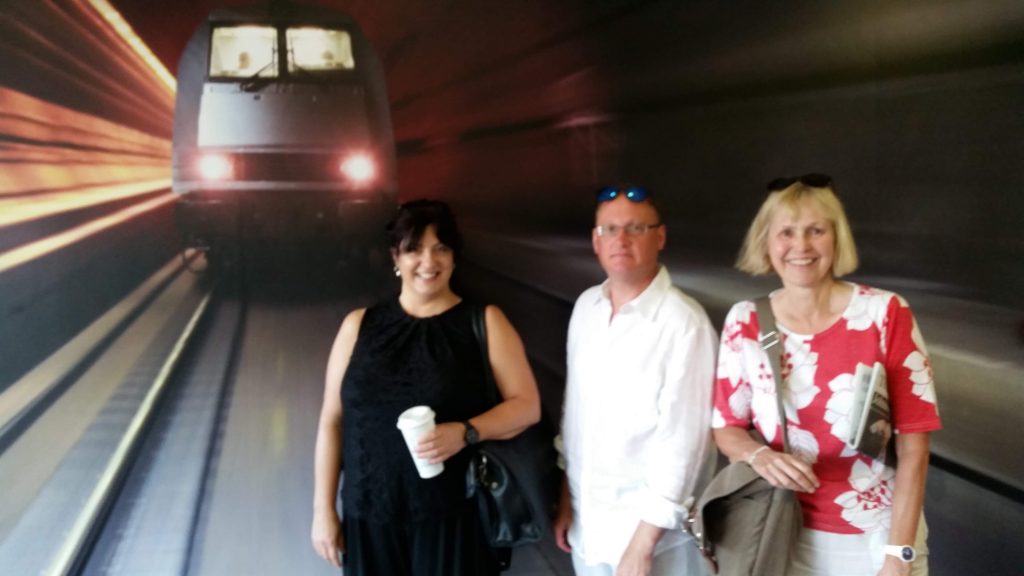 Following an approach earlier this year from the city council about a shared endeavour, we found ourselves boarding the Eurotunnel early on Wednesday morning, travelling to meet the representatives from Calais at the historic L’Église Notre-Dame de Calais, the first stop on our tour of the plethora of cultural venues threaded throughout the city.
Following an approach earlier this year from the city council about a shared endeavour, we found ourselves boarding the Eurotunnel early on Wednesday morning, travelling to meet the representatives from Calais at the historic L’Église Notre-Dame de Calais, the first stop on our tour of the plethora of cultural venues threaded throughout the city.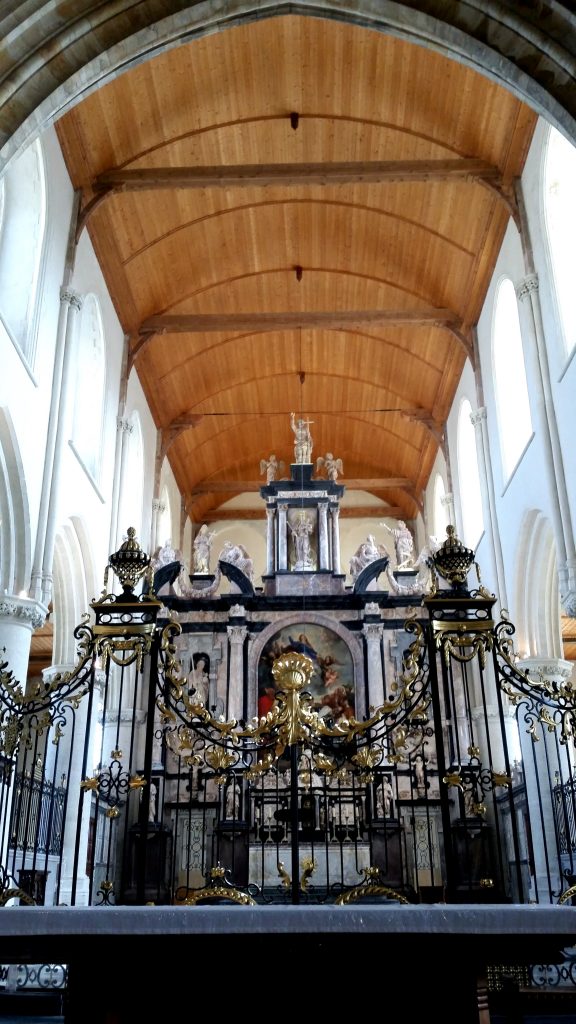 Our next stop was La Halle, a flexible space on the Place d’Armes which can open its striking concertina-door, which occupies one entire side of the covered hall, onto the plaza. The space hosts outdoor and indoor performances as well as festivals throughout the year.
Our next stop was La Halle, a flexible space on the Place d’Armes which can open its striking concertina-door, which occupies one entire side of the covered hall, onto the plaza. The space hosts outdoor and indoor performances as well as festivals throughout the year.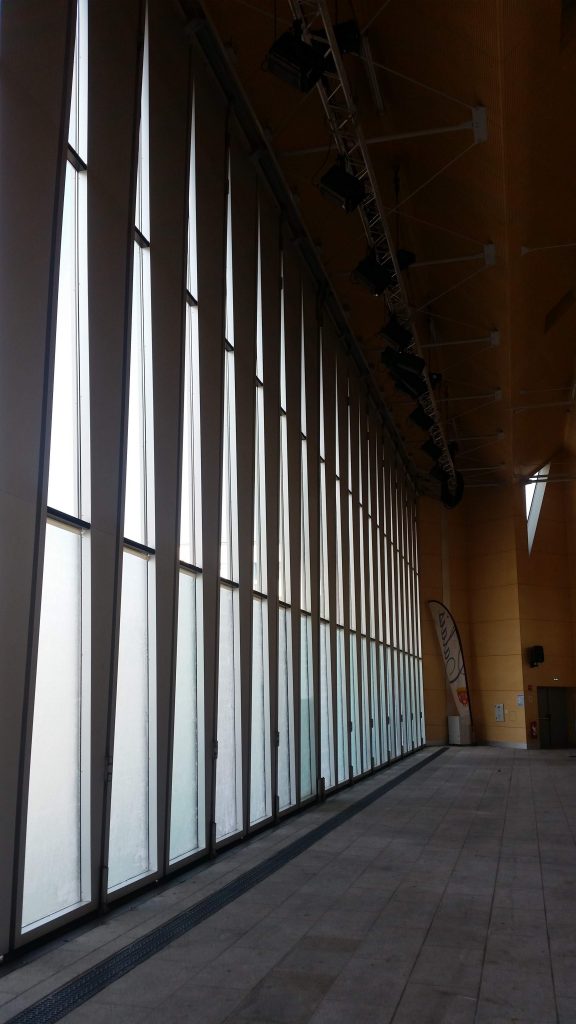 Next on our cultural odyssey was the Museum of Lace and Fashion, housed inside an original lace factory from the nineteenth century, with vast echoing galleries and an auditorium.
Next on our cultural odyssey was the Museum of Lace and Fashion, housed inside an original lace factory from the nineteenth century, with vast echoing galleries and an auditorium.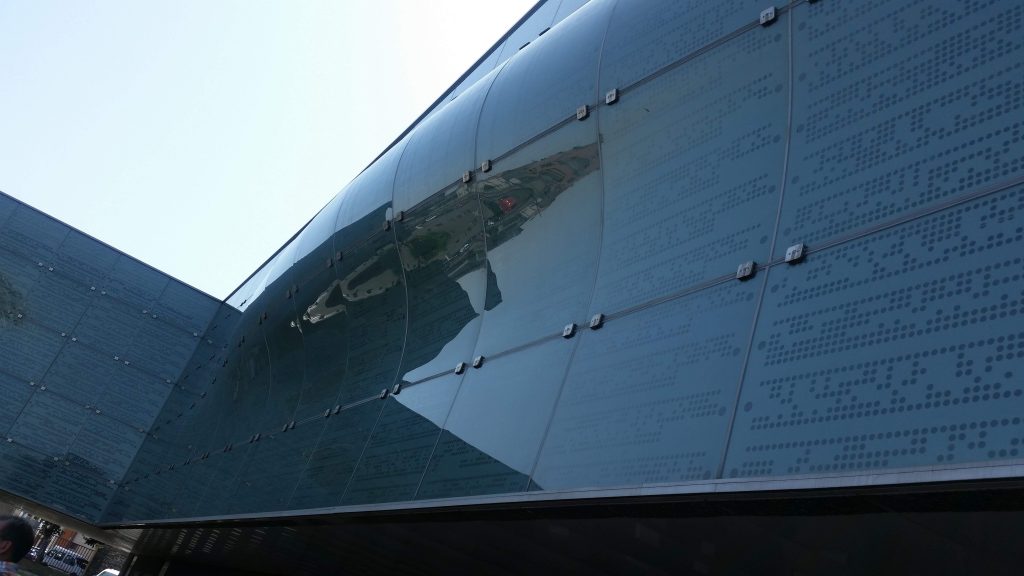
 The Forum Gambetta is a bright, modern venue that would be ideal for a bustling big band set; its jazz atmosphere has seen its stage graced by legendary French jazz violinist Didier Lockwood.
The Forum Gambetta is a bright, modern venue that would be ideal for a bustling big band set; its jazz atmosphere has seen its stage graced by legendary French jazz violinist Didier Lockwood.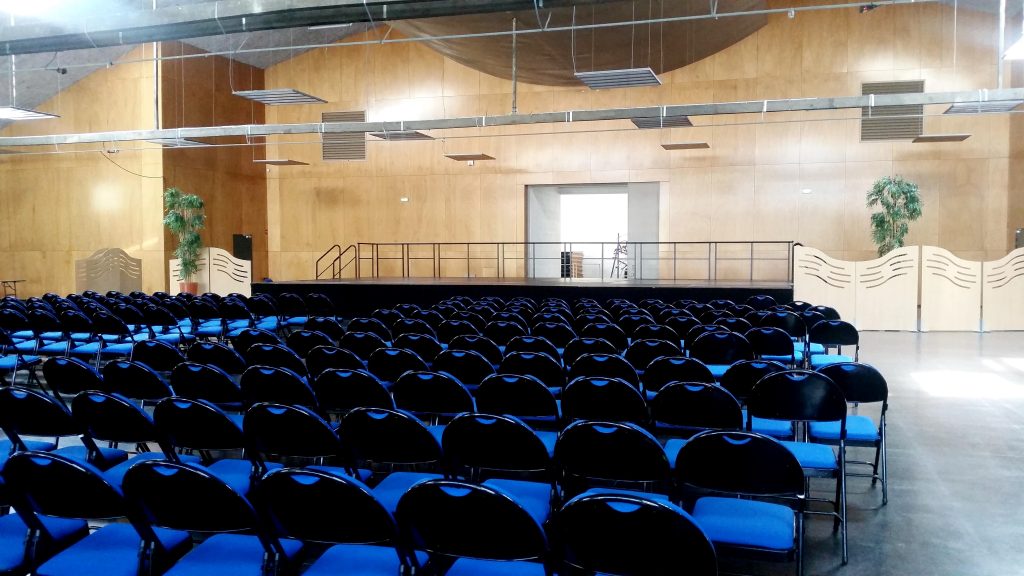
 Our steps then led us to the Musee des Beaux-Arts, which houses artwork from the sixteenth century to the present day.
Our steps then led us to the Musee des Beaux-Arts, which houses artwork from the sixteenth century to the present day.